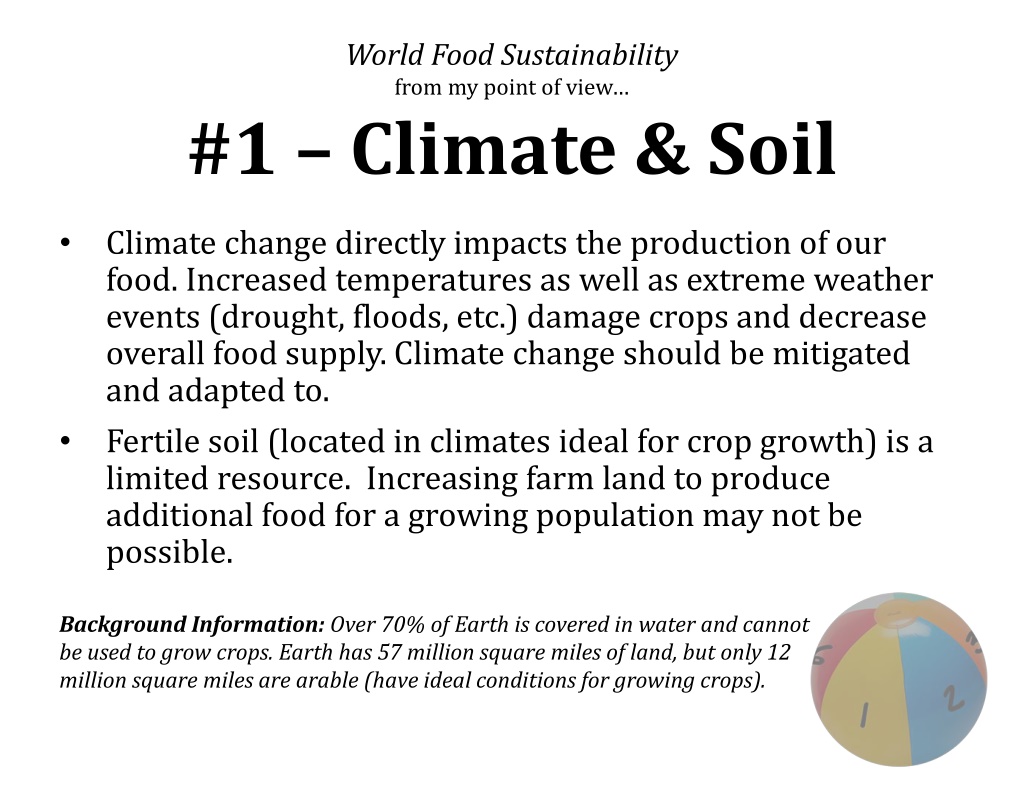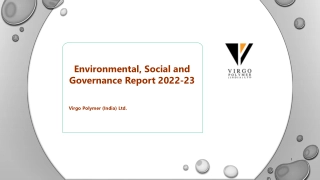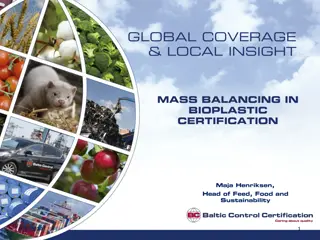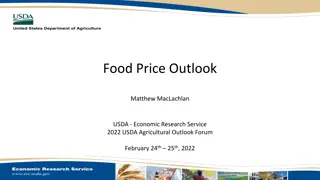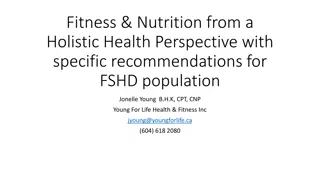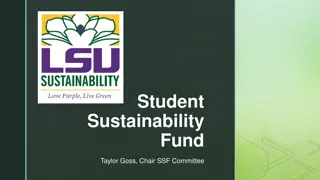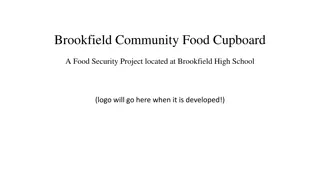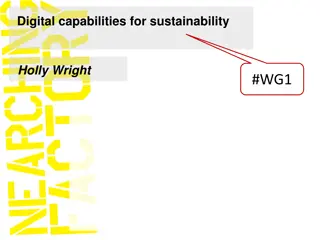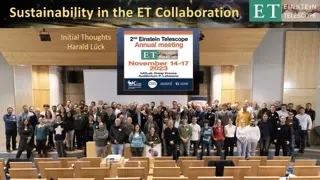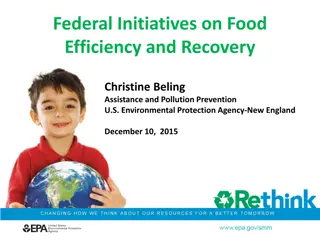Holistic Approach to World Food Sustainability
Addressing climate change, soil fertility, food loss, water management, and economic factors are crucial for ensuring global food sustainability. Increasing temperatures and extreme weather events impact food production, while limited arable land and water resources pose challenges. Tackling food waste and enhancing supply efficiency are essential in feeding the growing population sustainably. Balancing economic growth with environmental concerns is vital for long-term food security.
Download Presentation

Please find below an Image/Link to download the presentation.
The content on the website is provided AS IS for your information and personal use only. It may not be sold, licensed, or shared on other websites without obtaining consent from the author.If you encounter any issues during the download, it is possible that the publisher has removed the file from their server.
You are allowed to download the files provided on this website for personal or commercial use, subject to the condition that they are used lawfully. All files are the property of their respective owners.
The content on the website is provided AS IS for your information and personal use only. It may not be sold, licensed, or shared on other websites without obtaining consent from the author.
E N D
Presentation Transcript
World Food Sustainability from my point of view #1 Climate & Soil Climate change directly impacts the production of our food. Increased temperatures as well as extreme weather events (drought, floods, etc.) damage crops and decrease overall food supply. Climate change should be mitigated and adapted to. Fertile soil (located in climates ideal for crop growth) is a limited resource. Increasing farm land to produce additional food for a growing population may not be possible. Background Information: Over 70% of Earth is covered in water and cannot be used to grow crops. Earth has 57 million square miles of land, but only 12 million square miles are arable (have ideal conditions for growing crops).
World Food Sustainability from my point of view #2 Food Loss & Waste Hunger is complicated by food waste, inequality of distribution, and poverty not just a scarcity of food supply. Roughly one third of the food produced in the world for human consumption every year is lost or wasted. It could feed 3 billion people. Food loss and waste accounts for 4.4 gigatons of greenhouse gas emissions per year. Any world food sustainability plan must address food loss and waste. Background Information: Food loss and waste refers to all food produced for human consumption, but not ultimately eaten by humans. Food could be lost on the farm due to pests, disease, or drought. It can also be lost or wasted along the food chain if it spoils before it is used.
World Food Sustainability from my point of view #3 Water Water is essential to agriculture (production of food). Nearly three-quarters of the world s freshwater is used to produce the food, fiber and products we need to live. We can t live without water. A growing population adds additional stress on our limited water supply. Background Information: Only 5% of the water on Earth is freshwater. Only 3% of freshwater on the earth is accessible. The rest is trapped in groundwater, the atmosphere, glaciers, and ice caps.
World Food Sustainability from my point of view #4 Food Supply It is estimated that by 2050 there will be an additional 2 billion people on Earth, all needing to eat. More food will need to be produced on less land and in a way that protects the environment for years to come. Background Information: One U.S. farm produces food and fiber for approximately 165 people annually in the United States and abroad. Science, and technology have increased efficiency and productivity in agriculture.
World Food Sustainability from my point of view #5 Economy Earning money and creating jobs is the foundation for an economy, and a healthy economy is critical to sustainability. Background Information: The engine of an economy is the marketplace where buyers and sellers meet to trade products and services. The global food marketallows you to buy tea in Canada that s grown in India and fruits and vegetables even when they re out of season.
World Food Sustainability from my point of view #6 Science & Technology One way to produce more food using the same amount of land and natural resources is by utilizing new technology that makes agriculture more productive and efficient. Science drives change and progress. For example, improved plant and animal genetics overcome challenges such as disease and pests. Background Information: Farmers and ranchers make up less than 2% of the U.S. population. U.S. farmers currently produce 10 bioengineered crops that are available on the consumer market. The increasing global demand for affordable meat, milk, and eggs means the world will need 60% more animal- sourced foods.
